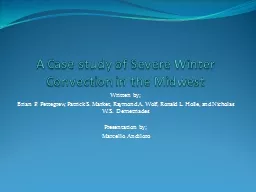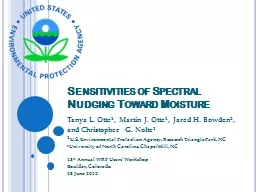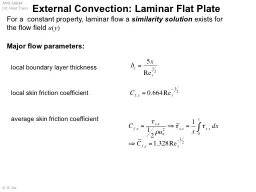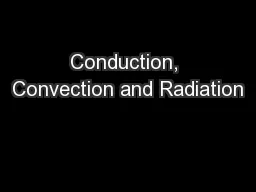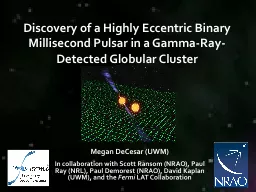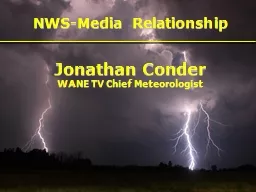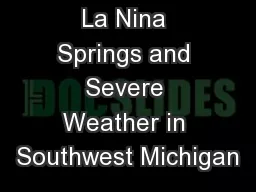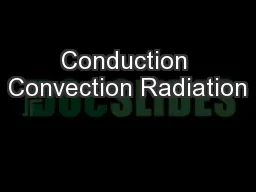PPT-A Case study of Severe Winter Convection in the Midwest
Author : danika-pritchard | Published Date : 2018-09-25
Written by Brian P Pettegrew Patrick S Market Raymond A Wolf Ronald L Holle and Nicholas WS Demetriades Presentation by Marcello Andiloro Introduction and Background
Presentation Embed Code
Download Presentation
Download Presentation The PPT/PDF document "A Case study of Severe Winter Convection..." is the property of its rightful owner. Permission is granted to download and print the materials on this website for personal, non-commercial use only, and to display it on your personal computer provided you do not modify the materials and that you retain all copyright notices contained in the materials. By downloading content from our website, you accept the terms of this agreement.
A Case study of Severe Winter Convection in the Midwest: Transcript
Download Rules Of Document
"A Case study of Severe Winter Convection in the Midwest"The content belongs to its owner. You may download and print it for personal use, without modification, and keep all copyright notices. By downloading, you agree to these terms.
Related Documents

